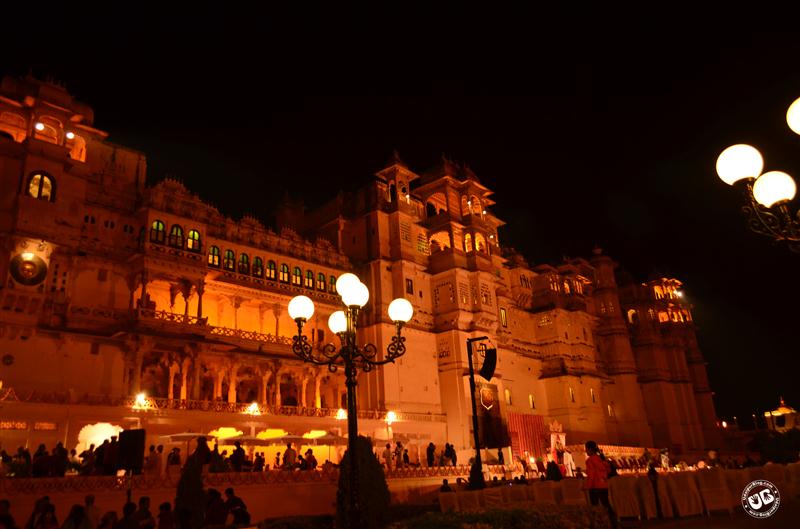
The Silent Witness of Mewar – City Palace Udaipur
Posted by Admin on Wednesday, August 2nd, 2017
4 centuries…
400 years
76 custodians
Who better to tell the story of Mewar than this structure which has remained while several generations have come and gone. Generations that have faced the onslaught of invasions and like true warriors protected what was rightfully theirs.
Generations that have valor, honour, art, vision and leadership running in their genes.
A silent witness of the history of the Rajput kingdom now stands as the narrator after being turned into a heritage museum. The City Palace.
The awe-inspiring City Palace of Udaipur was first built by Maharana Udai Singh II in 1559 A.D. He began by first commissioning the ‘Rai Aangan’, i.e Royal Courtyard and then the rest of the palace. Over 400 years, each successor of Maharana Udai Singh II added to the palace structure, making it what it is today.
This site near Lake Pichola was chosen on the advice of a hermit, Goswami Prem Giriji Maharaj, who lived in a small hut there. It is under his guidance that the Maharana had decided to build his court here. Well protected on all sides by forests, lakes and the Aravalli Hills, it was also ideal because of its vantage and strategic location.
Architecturally, it is a marvel, not only for its design but also for its exquisite use of marble, granite, silver work, glass inlay work, coloured glass mosaic, wall paintings and delicate mirror work that adorn the towers, balconies and pillars.
The structure looks like one edifice from the outside belying the multiple inter-connected towers, domes, courtyards, cupolas, canopies, terraces and balconies within. There are 11 palaces within the City Palace which have an intricate network of chowks and zigzag corridors to prevent surprise attacks from enemies.
The exquisite palace provides a scenic view of the Lake and Udaipur City from its terraces and given the history of Mughal invasions, it is no surprise why it was planned in such a way.
The 11 palaces within include Dilkhushal Mahal, Shiv Prassan Amar Vilas, or (Baadi Mahal), Moti Mahal, Bhim Vilas, Pitam Niwas, Manek Mahal in the Mardana Mahal area, and in the Zenana Mahal area, Amar Mahal, Bhupal Niwas, Swarup Niwas, Bhupal Prakash and Bhagwat Prakash.
Today, besides being protected as a heritage site and a museum with a living record of the history of the Rajput Kingdom, it is also a self-sufficient developing complex that houses a post office, a bank, boutiques, artisans’ corners, miniature painters’ nooks and numerous craft stores for travelers to take home souvenirs of.
What began with Maharana Udai Singh II was carried forward by his successors which primarily included Maharana Karan Singh, Maharana Sangram Singh II, Maharana Swarup Singh, Maharana Sajjan Singh and Maharana Fateh Singh among others. Today, Shriji Arvind Singh Mewar is the 76th Custodian of this beautiful monument that has stood the test of time over 4 centuries, and still stands strong and proud.




